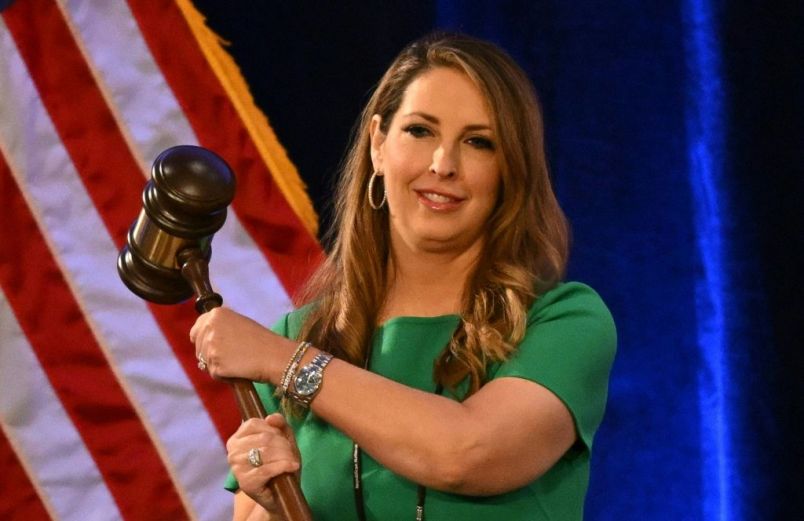Former President Trump’s new social network may only have thirty days to live.
Trump launched the app — TRUTH Social — on Wednesday evening. Within hours, members of the open source software community began to notice something: a test version of the website appeared to be accessible, and it seemed to operate based on a software that already exists, called Mastodon.
Mastodon is a social network that is similar to Twitter. The code is open-source, meaning that anyone can use it, so long as they abide by certain rules: namely, that they agree to make the source code of the modified version available to the public.
TRUTH Social did not do so.
On Thursday, Mastodon’s founder Eugen Rochko told TPM that TRUTH was not only using his code, but appeared to have violated the terms under which others can use it.
That claim could be enforced through the courts, and Rochko said that he would speak with attorneys about the matter.
“Mastodon exists under that license because the Mastodon developers seek to assure that anyone who gets copies of the software gets full source code and changes or modifications or configurations that anyone else has done,” Bradley Kuhn, Policy Fellow at Software Freedom Conservancy, told TPM.
That specific requirement exists thanks to the Afferro General Public License, which Kuhn helped develop. It mandates that anyone who uses the code of software under the license must make modifications publicly available. Though the software in question is open-source, it’s not in the public domain, Kuhn explained.
So, what happens in the case of a violation?
Kuhn’s organization plays a role in enforcing licenses, either through discussions with possible violators on how to remedy the problem, or via litigation.
This week, for example, the Software Freedom Conservancy filed a lawsuit against TV company Vizio, alleging that the company’s TVs use open source software without abiding by the terms of the license under which the code is available, while also staking out a claim that consumers can sue over license violations.
In the case of TRUTH Social, the potential violation appeared on a test site for the platform, which experts quickly identified as based on Mastodon. The site has since been taken off the internet and is no longer accessible to the public.
But that doesn’t fix the problem: as long as the software was altered and existed in public without the underlying code being made available, there is likely a claim, Kuhn said.
The violation itself triggers a 30 period to remedy the issue.
“In this situation, if Trump does not remedy this violation in 30 days, and then on and a half years from now or one and a half weeks from now, whenever they’re planning to deploy the final site, they will be in violation because they lost their entire permission,” Kuhn said.
That could give Mastodon — or anyone who used the test site and did not receive the underlying code — grounds to sue, Kuhn said, alleging that the license was violated.
To remedy it, TRUTH has an option, Kuhn said: “They could announce that they’re going to comply with the license.” That would mean making the underlying code public.
Alternatively, nobody is forcing the Trump site to use Mastodon.
“If they never want to give the source code to anybody, they could just not use Mastodon,” Kuhn argued. “Ceasing use is always an option for compliance.”






